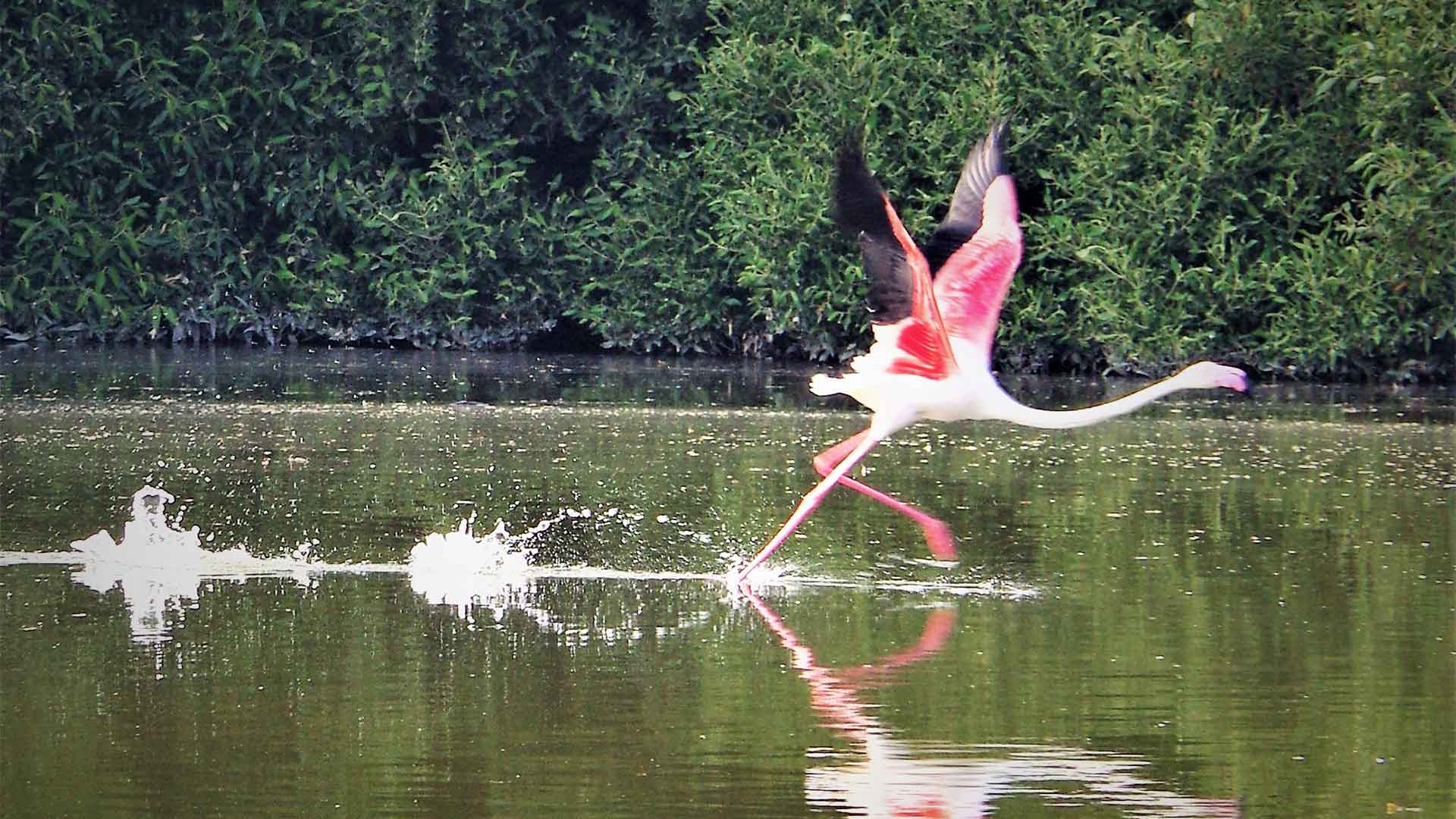UNESCO, in partnership with the Mangrove Action Project (MAP) and the Thai National Science Museum is in process of producing a poster series on mangrove ecosystems, including all kinds of aspects highlighting the beauty and importance of mangroves for nature conservation, science-education, ecosystem services, biodiversity, climate issues, and socio-ecology.
UNESCO has supported the conservation, restoration and scientific research of mangrove ecosystems through the World Network of Biosphere Reserves (for example the Merawah Biosphere Reserve in the United Arab Emirates), via the establishment of cross-border designated UNESCO sites, such as Natural Heritage sites and Biosphere Reserves (for example the Sundarbans in Bangladesh and India), Global Geoparks (for example the Satun Geopark in Thailand), major international conferences, scientific interventions and publications, including the World Atlas of Mangroves, for many decades.
The new mangrove poster series is expected to be launched during World Environment Day, 5th of June 2021, at the National Science Museum in Thailand. It will further be made available to a widespread international audience via UNESCO’s outreach channels. The poster series will be an important contribution to enhance the awareness and knowledge on the importance of mangrove ecosystems of the general public, including decision makers and coastal developers and the private sector, so they can participate and advocate to conserve and restore mangrove ecosystems. The habitat loss and fragmentation of mangrove ecosystems has to be redressed. Mangroves are of critical importance as an essential element of the human-life-support-system in coastal places.
There are approximately 125 countries in the world that are known to have mangrove plants growing naturally in the inter-tidal ecosystems. In the long-run, all of these countries should be included in the poster series. For the first round, UNESCO and its partners have identified 58 of these countries to be included for poster production, based on geographical distribution, as well as mangrove cover, mangrove aspects, environmental management, and the importance of ecosystem services.
‘We have obtained marvellous photographs from many countries in the world, mostly via the MAP’s photo-contest, and based on the generosity of its participants, who donated their best photos to UNESCO for free. This is of course highly appreciated in these times when mangrove ecosystems really need to be restored on a massive scale, since we have globally lost them at an alarming rate. We still have not found high quality photos of mangrove ecosystems from Eritrea, Nigeria, and Vanuatu’.
Readers of this blog-article are encouraged to make high quality photos of mangroves from Eritrea, Nigeria and Vanuatu available at no cost to UNESCO, so we can include these three countries in the poster series. Poster donations to UNESCO will be acknowledged by letter.


